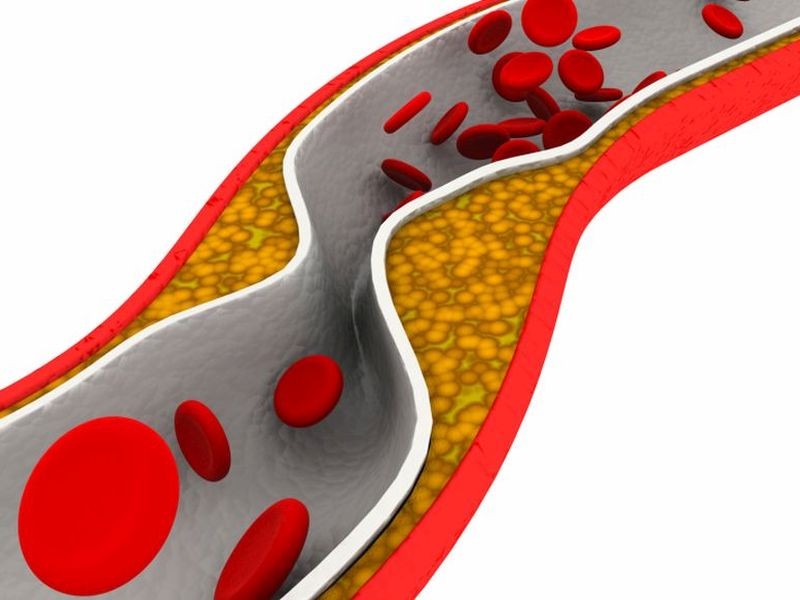
With findings that some experts believe could change cardiovascular care, a new study suggests that the placebo effect of stents in heart patients with chest pain may be far more pronounced than thought.
That could mean that drug therapy alone, rather than the pricey, artery-opening devices, is all that’s needed for certain patients, the researchers said.
“The most important reason we give patients a stent is to unblock an artery when they are having a heart attack. However, we also place stents into patients who are getting pain only on exertion caused by narrowed, but not blocked, arteries. It’s this second group that we studied,” explained lead author Rasha Al-Lamee, from the National Heart and Lung Institute at Imperial College London.
The study included 200 patients with stable angina who received six weeks of intensive drug treatment for their angina. After that, they either received a stent or underwent a simulated procedure where no stent was implanted.
Patients who received stents did not have more improvements in angina or quality of life than those who did not receive a stent. Angina is the medical term for chest pain. It is typically caused by the build-up of fatty plaques in the arteries.
Stents aren’t cheap, either: The devices and their insertion them costs from $11,000 to $41,000 at hospitals in the United States.
The study was published online Nov. 2 in The Lancet medical journal, to coincide with a presentation at a cardiology meeting in Denver.
“Surprisingly, even though the stents improved blood supply, they didn’t provide more relief of symptoms compared to drug treatments, at least in this patient group,” Al-Lamee said in a university news release.
“While these findings are interesting and deserve more attention, they do not mean that patients should never undergo the [stent] procedure for stable angina. It may be that some patients opt to have an invasive procedure over taking long-term medication to control their symptoms,” she added.
The researchers plan further analysis of their data, to determine if there are subgroups of patients whose angina improves more after stenting.
“It seems that the link between opening a narrowing coronary artery and improving symptoms is not as simple as everyone had hoped,” Al-Lamee said. “This is the first trial of its kind, and [it] will help us to develop a greater understanding of stable angina, a disease which affects so many of our patients every day.”
Writing in a commentary that accompanied the report, two cardiologists said the “landmark” study has implications that “are profound and far-reaching.”
“First and foremost, the results of [the study] show unequivocally that there are no benefits” for the use of stents compared to drug therapy for people who have stable angina, said Dr. David Brown, of Washington University School of Medicine in St. Louis, and Dr. Rita Redberg, of the University of California, San Francisco.
In fact, based on the new findings, Brown and Redberg believe that stents may not be useful in these cases even when a patient’s angina fails to get better after medications are used.
“Based on these data, all cardiology guidelines should be revised to downgrade the recommendation for [stents] in patients with angina,” whether or not they also received drug therapy, the doctors said.
Their reasoning?
According to Brown and Redberg, each year over a half-million patients in the United States and Europe undergo stent treatment — and a sizeable minority will experience potentially dangerous complications that can include heart attack, kidney injury, stroke and even death. Subjecting these patients to those risks when no benefit can be achieved is irresponsible, they said.
Doctors need to focus more on drug therapy and efforts at “improving the lifestyle choices” of many heart patients — things like bad diets, lack of exercise and smoking, the editorialists concluded.


.jpeg)

